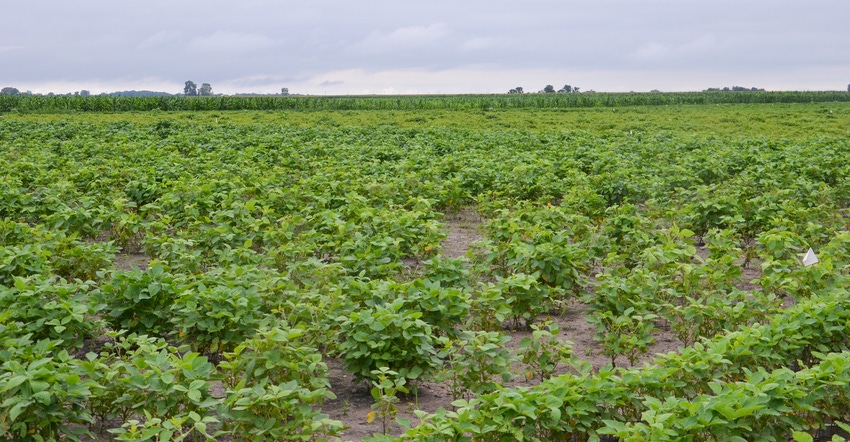October 1, 2018

Anyone who read about World Plant Milk Day, an actual designated day, probably thought the idea of honoring different things couldn’t get any crazier. Milk gets a whole month — June is Dairy Month. But a day for “fake milk” made from plants?
Well, the Crop Science Society of America may have topped it with Crop Wild Relative Week, officially celebrated Sept. 22-29. The goal was to draw attention to the importance of wild relatives of various plants as plant scientists work to make advancements with state-of-the-art hybrids and varieties. The headline of the release announcing the week certainly grabbed my attention: “Celebrating plant cousins: Crop Wild Relative Week.”
OK, to be honest, it hooked me because my first thought was that this was either a joke or just plain absurd. Surely there wasn’t really a week to celebrate something as goofy as wild relatives of plants. After reading what scientists are doing all over the world, borrowing genes and genetic material from diverse wild relatives and introducing them into modern plants, my attitude shifted 180 degrees. Cousins of domesticated plants that still grow wild in various places may hold genetic keys to improving nutritional content, fighting diseases and insects, and much more.
In many cases, genes within these wild relatives, which themselves either don’t yield much or have some other undesirable traits, may well be the pipeline plant breeders are looking for to improve protein levels in corn, bump up calcium levels in potatoes or discover the next resistance trait against soybean cyst nematode.
Wild examples
Here are a few examples. The first two are highlighted at crops.org/crop-wild-relative.
• High-calcium potatoes. If you’ve ever cut into a baked potato and found a big hole or a black spot, it’s likely due to a calcium deficiency. Researchers at the USDA Agricultural Research Service and the University of Wisconsin looked to wild potatoes to see if they could find some with higher calcium levels. Many grow in South America. The researchers discovered a wild potato with seven times the calcium of normal modern potato varieties. It’s a long road from the wild strain to the modern potato, but they’re working on it.
• Higher-protein corn. Some families in Africa depend upon growing corn for food. A parasitic weed called Striga can impact their crop, in some cases heavily reducing yield. Researchers in southern Africa recently identified certain varieties of corn with natural resistance to Striga. As a bonus, they also discovered that these lines were higher in protein. They’re working to identify which lines are both resistant to the weed and higher in protein so farmers whose families depend upon corn for food can grow them.
• Diverse soybeans. Closer to home, Jianxin Ma grows Chinese soybean varieties at the Purdue University Agronomy Center for Research and Education, looking for useful traits in these ancient relatives of soybeans, which look more like weeds than soybean plants. After a few years of breeding with modern varieties, they look closer to regular varieties. Ma hopes to isolate traits and introduce them into modern varieties to help fight phytophthora root rot and other pests.
Comments? Email [email protected].
You May Also Like




